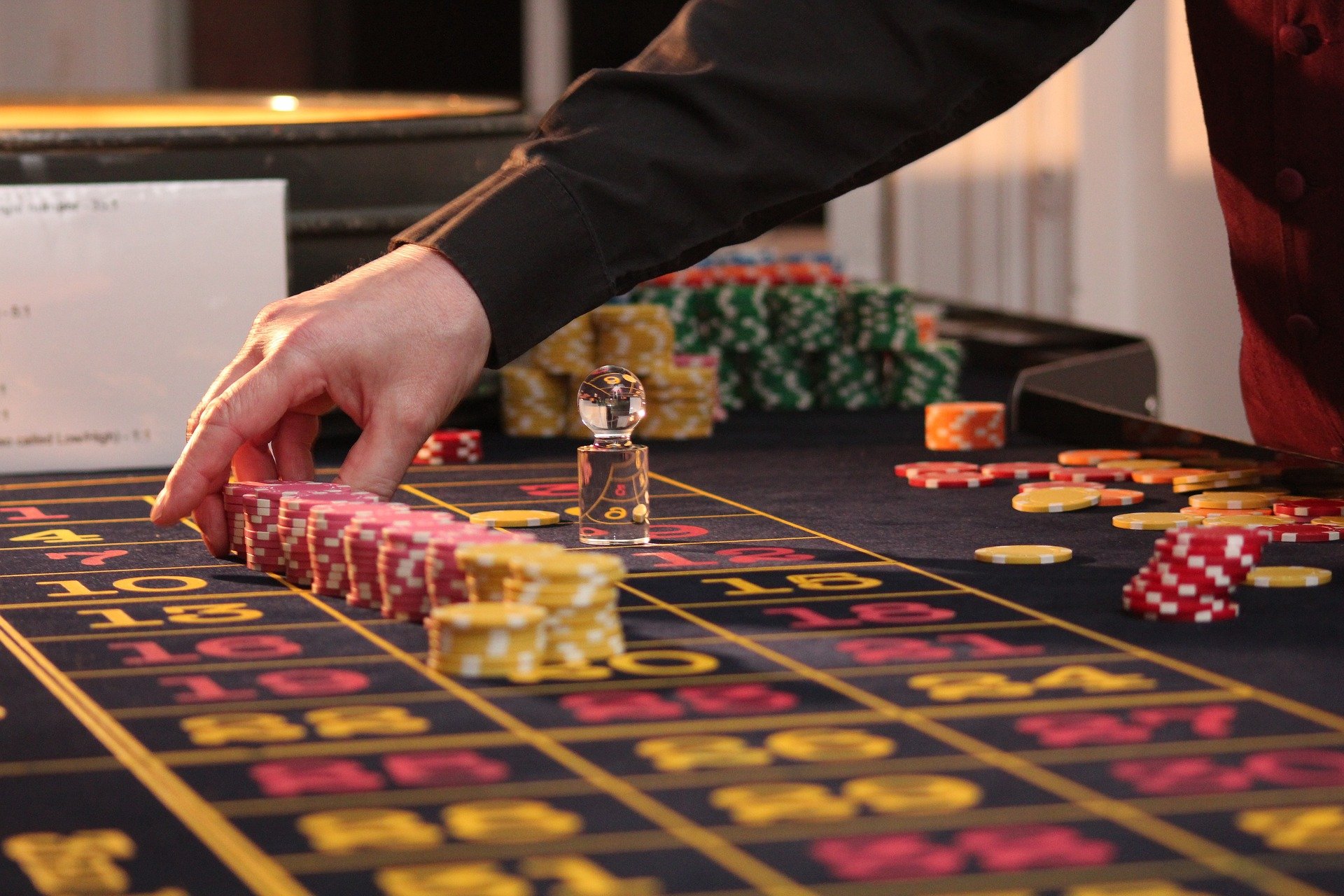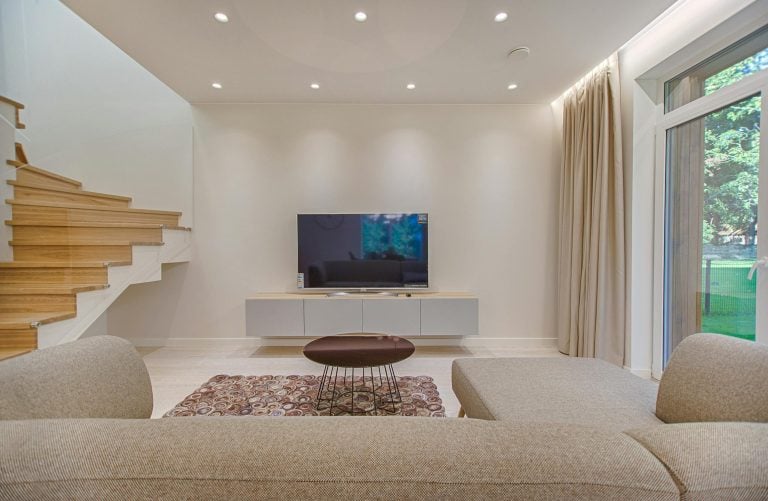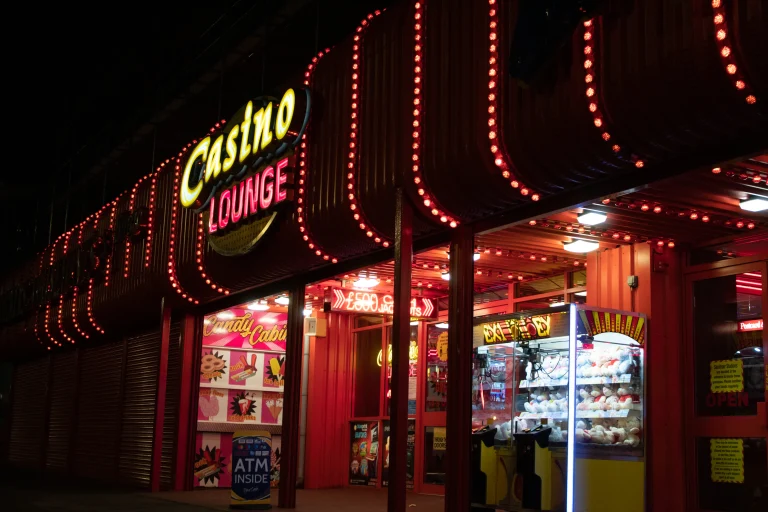Illuminating the Arts: Electrical Innovations
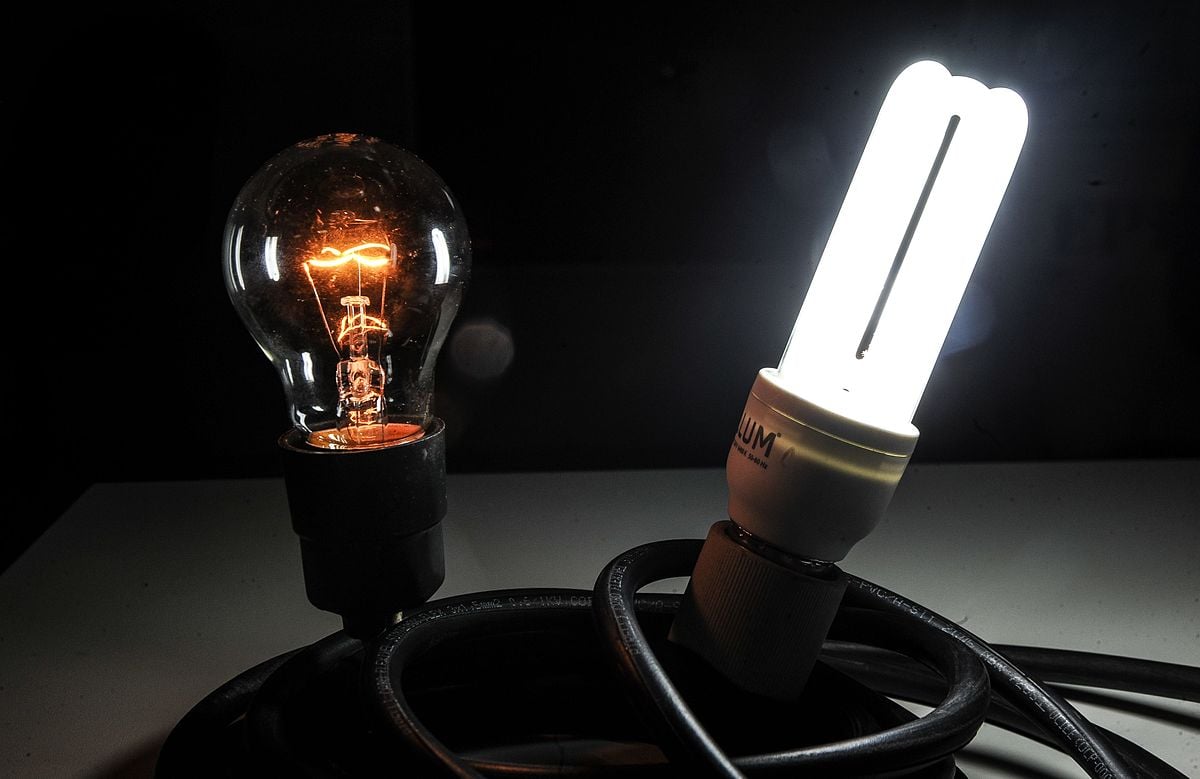
Table of Contents
Welcome to the fascinating world of electrical innovations and their revolutionary impact on the art world. The fusion of technology with creativity has brought down walls and raised intriguing possibilities, adding a new dimension to artistic expressions. Take a journey through time and space to understand how electricity has redefined artistic boundaries and continues to inspire marvellous creations.
Transition to Modernity
After the invention of electric light, slowly came modernism. This rejected the conventional norms and styles that dominated art for centuries. Artists started embracing electricity as a tool to position their artwork within the wider spectrum of modern aesthetics. This birthed an innovative realm where artworks were not limited to physical forms but were also defined by intangible elements such as light and movement.

One might cite Dan Flavin as an exemplary figure from this era who notably exploited electricity’s potential in art. Known for his large-scale installations using fluorescent tubes, he turned common industrial lighting into geometrical compositions, transforming spaces into immersive environments that could only be experienced with electric illumination.
Innovations at The Local Electrician
Traditionally, an electrician’s role was considered purely technical. However, with the medium of art evolving significantly over time, the profession has evolved to meet the complex artistic demands.
Modern electricians often assist artists in creating complex installations that use light as a primary medium. An example of this are the innovations at The Local Electrician. They collaborate closely with artists, bringing their vision to life by solving technical challenges and enabling novel forms of artistic expressions. Innovations in this field have made way for unique partnerships that combine creativity with technology to push artistic boundaries further.
Advancements in Theatre Lighting

The application of electricity has had a transformative impact on theatre technology. Theatre productions today can create a range of visual experiences that were unfathomable before the invention of electric lighting.
Innovations like moving headlights allow directors to manipulate their audiences’ focus during a performance dynamically. Meanwhile, LED fixtures provide an astonishing spectrum of colours that can be easily controlled according to the emotions being depicted on stage. These advancements have recast theatre as a vibrant spectacle where electrical innovations create an immersive sensory environment.
Smart Lighting Innovations
Smart lighting allows light fixtures to be controlled via applications, presenting artists with new mediums.
Outdoor garden lights can transform backyards at the tap of an app through adjustable, strategically placed smart fixtures, granting landscape artists more flexibility.
Smart kitchen lighting revolutionises food presentation by auto-adjusting pendant lights from crisp prep lighting to warm, dimmed dining ambiance. This allows chefs and designers to focus fully on crafting flavours and party aesthetics.
Evolving Stage Technologies
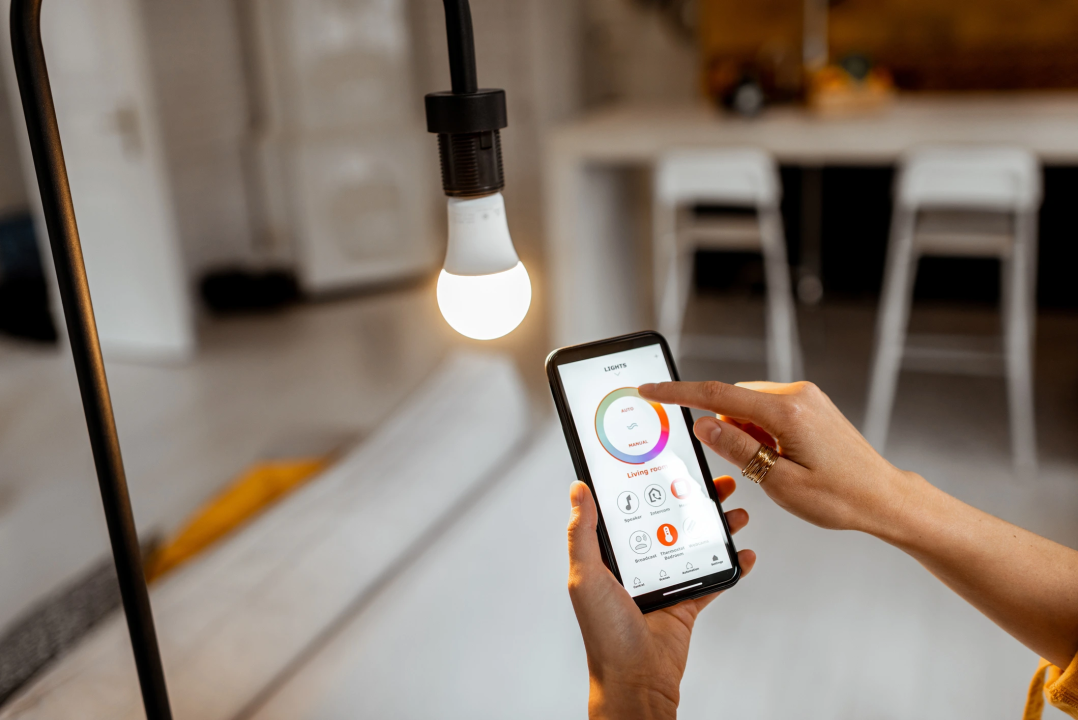
From towering skyscrapers to spectacular mountainscapes, stage design has evolved into an art that delivers stunning visual narratives. This transformation is largely attributed to the integration of electrical technologies, which have pushed the boundaries of what a stage can represent.
Projection mapping serves as an innovative digital tool that brings static objects to life with dynamic images and animations. Using this technology, artists can create intricate illusions on stage that distort space and time, enhancing storytelling exponentially. Hence, you can safely declare that electrical innovations are today, a dominant force behind the magic that unfolds on stage.
Interactive Art: Electrifying Transformation
As you stand on the brink of the digital revolution, there’s an interesting shift happening: art is becoming more interactive than ever. And electricity plays a monumental role in this disruption.
Sophisticated sensors, motion detectors, touch screens are all energised installations that use human interaction as a stimulus to induce movements or emit light. These immersive experiences define the contemporary art scene where physical participation activates artistic vistas. Thereby asserting how innovations in electricity have broadened the horizons for experimental adventures in the realm of art.
Audio Visual Integration

Professional electricians such as these, and electricity, has been instrumental in facilitating the fusion of audio and visual components in fine art. Soundscapes integrated with dynamic visuals provide a multi-sensory experience, bringing an added layer of depth and engagement to artworks.
Renowned artist Bill Fontana specialises in ‘sound sculptures’ wherein he uses sound as a sculptural medium streaming real-time sounds from remote locations to act as acoustic portraits. Such audio-visual synchronisation made possible only due to electricity truly makes for captivating masterpieces.
Sustainable Innovations in Art
In this age of ecological consciousness, many artists utilise sustainable electrical technologies in crafting their artworks. Solar-powered art installations are proof-positive of this emerging trend. These eco-friendly creations generate power from the sun to ignite their light elements, championing environmental causes while also delivering a strong visual impact.
Similarly, kinetic sculptures convert motion into electrical energy, developing self-sustaining lights within the artwork itself. Such ingenious ways of incorporating sustainable energy not only reflect contemporary challenges but also demonstrate potential solutions through inventive artistic expression.
LEDs Revolutionising Displays
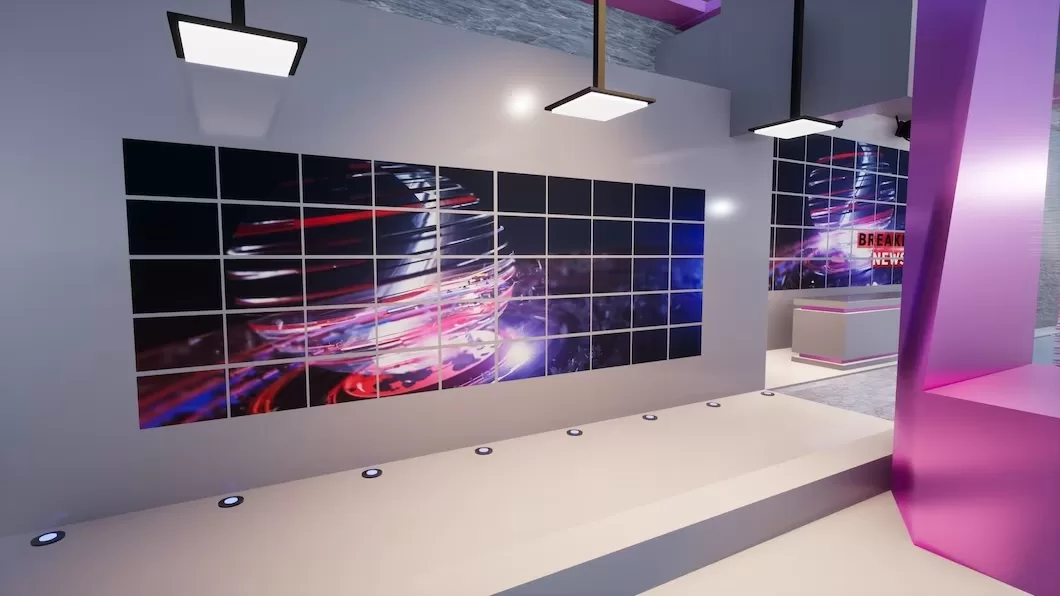
Light Emitting Diodes have truly revolutionised the arts. Being versatile, energy-efficient, and capable of dazzling colours, LEDs are extensively used in various art forms ranging from lighting installations to wearable art.
Video artist Leo Villareal is known for his LED light sculptures wherein thousands of LEDs programmed to form patterns create a mesmerising visual spectacle. Hence, LEDs symbolising electricity’s adaptability have ignited a radical shift in how people perceive and interact with art.
Digital Art Evolution
The advent of digital art technologies powerfully driven by electricity has opened new avenues for creativity. Artists use digital tools like graphic tablets or drawing software to create artwork that transcends physical boundaries – these include digital painting, animations, generative art, and virtual reality experiences.
Moreover, digital mediums afford instant iterations and manipulations not possible in classic mediums. This fluidity offered by the deep integration of electrical innovations with art paves the way for infinite artistic possibilities.
Fibre Optics in Artwork
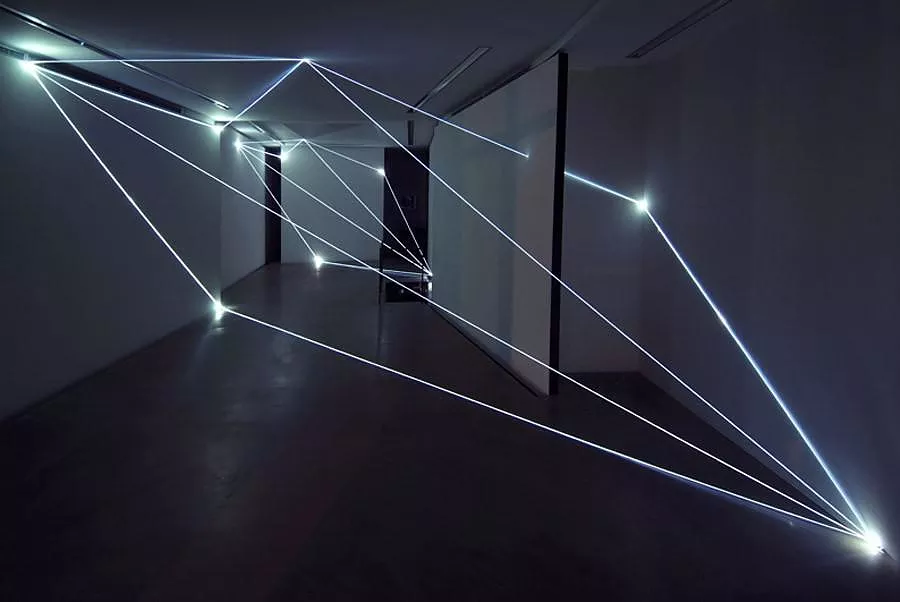
Fibre optics, cables carrying light signals over long distances, have found an intriguing application in artworks. Artists plumb these luminous threads into their creations creating subtle glimmers and radiant spectacles alike.
Artworks such as The Pool by Jen Lewin demonstrates this brilliantly where interactive cobwebs of fibre-optic strands illuminate in response to visitors’ movements. Such novel use of electrical technologies undoubtedly showcases how electricity can breathe life into otherwise static materials.
The Future of Electro-Art
The future promises even more revolutionary meldings between electricity and art. One projection includes the advent of artificial intelligence (AI) in creativity, where algorithms could assist or shape artistic creation. Meanwhile, advanced virtual reality technology could transport art lovers into immersive universes shaped by artists’ wildest dreams.
Further evolutions in LED technology, quantum lighting, or sustainable power sources could redefine monumental installations or intimate canvas pieces in unexpected ways. As electricity’s possibilities continually expand, so does the anticipation for the novel uses artists will invent.
Electric Illuminations
Electricity and art have shared a symbiotic relationship since the advent of the electric light. It has not only enhanced visibility but also broadened artistic perceptions through innovative applications. It has transformed static canvases to interactive experiences, propelled art towards sustainability and continues to shape the future of creativity with advancements like AI and VR.
As you navigate through the new-age renaissance powered by electricity, it’s exciting to imagine what these twin forces of creativity and technology will conjure next. Here’s to many more illuminating encounters in the land of electro-art!


